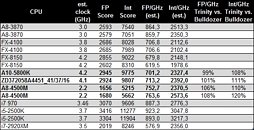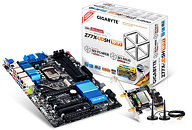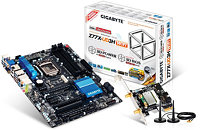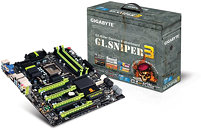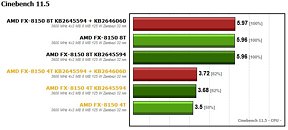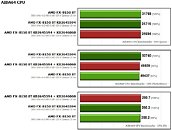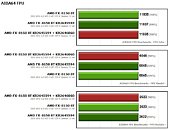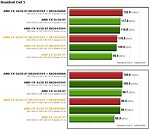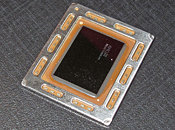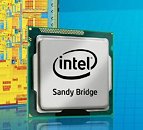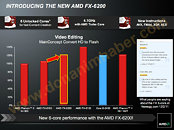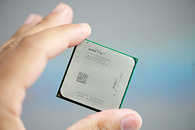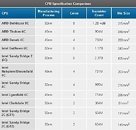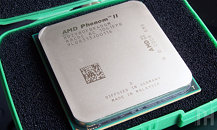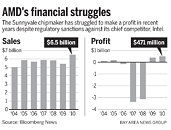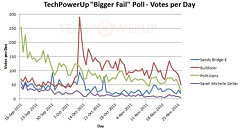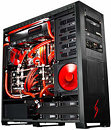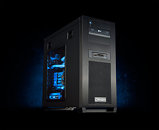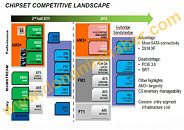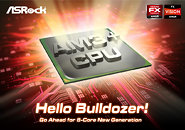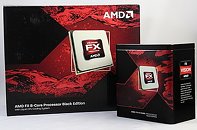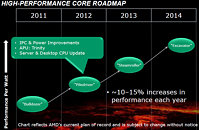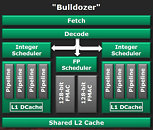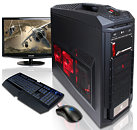
Latest HP ProLiant Gen8 Servers Integrate New AMD Opteron Processors
Today AMD announced 11 servers from its customers, including two based on the new HP ProLiant Gen8 platform, will be integrating previously unannounced versions of the award-winning high-performance AMD Opteron 6200 Series processor and the low-power AMD Opteron 4200 Series processor. These servers are based on five new AMD Opteron processors that offer increased performance without an increase in power consumption, providing customers more choice in using the world's best price/performance x86 server processor.
Last month, HP launched two HP ProLiant Gen8 servers using the new AMD Opteron processors and plans to refresh the ProLiant DL585 G7 and the BL685c G7 later this year. Moreover, Dell is also expected to refresh its AMD offering with the latest AMD Opteron processors in the PowerEdge C6145, C6105, R415, R515, R715, R815 and the M915.
Last month, HP launched two HP ProLiant Gen8 servers using the new AMD Opteron processors and plans to refresh the ProLiant DL585 G7 and the BL685c G7 later this year. Moreover, Dell is also expected to refresh its AMD offering with the latest AMD Opteron processors in the PowerEdge C6145, C6105, R415, R515, R715, R815 and the M915.
